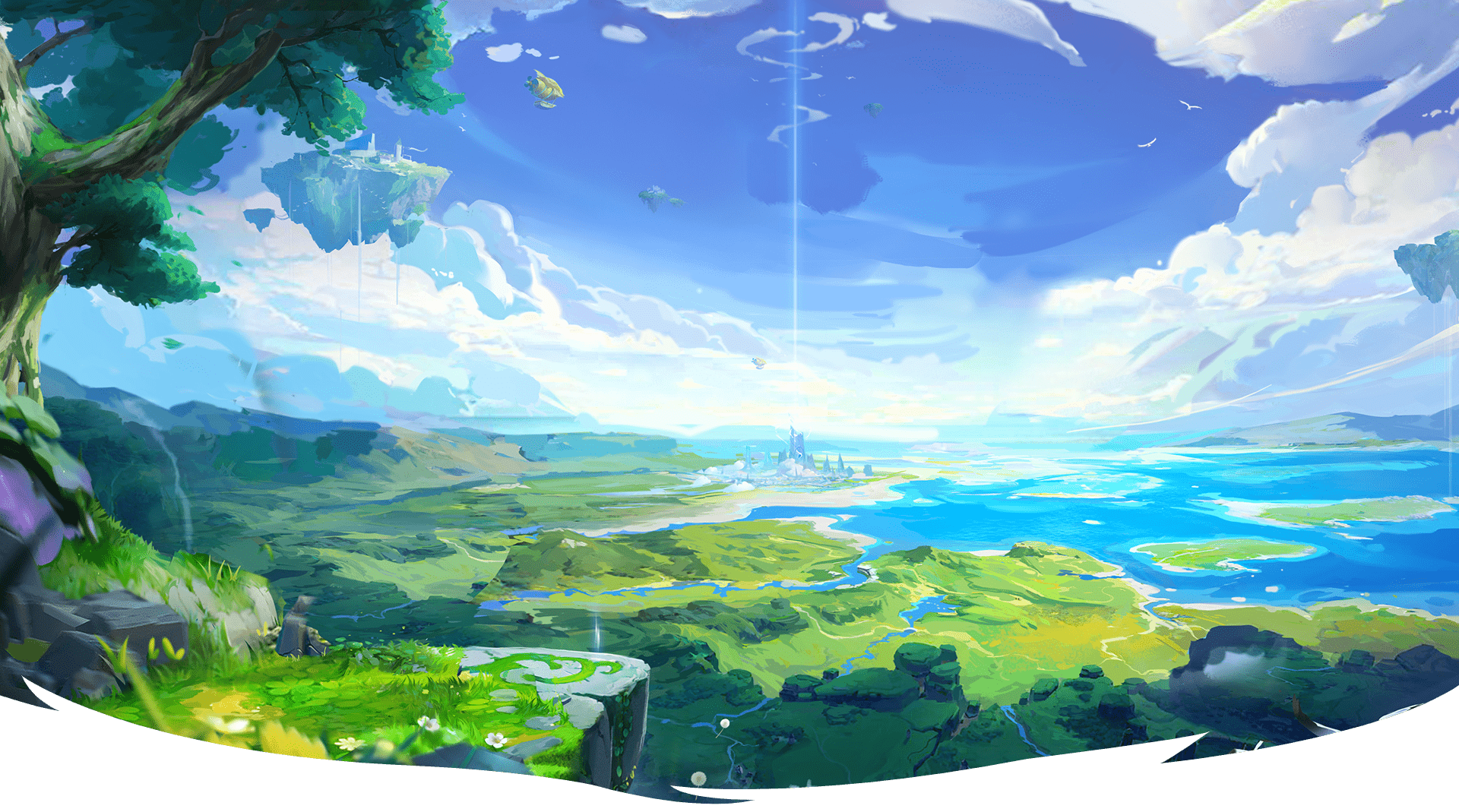- Home
- Shop
- Forest Series
- Grassland Series
- Desert Series
- Contact
- Home
- Shop
- Forest Series
- Grassland Series
- Desert Series
- Contact

Bay-Owl Series





TWO MODES FOR DRIVING
1. Manual mode: Children can independently drive the electric car forward or backward by the steering wheel, pedal accelerator and the dashboard. 2. Parental mode: The 2.4G remote controller allows parents to join the fun and control the speed and direction to ensure the maximum safety.
PRIORITY TO SAFETY
The parental remote control with soft start function and a special emergency stop button prevents children from being frightened by sudden acceleration or braking while protecting them from potential danger. The spacious seat with 5-point belt offers extra safety.
PERFECT GIFT FOR KIDS
This fun-sized officially licensed Mercedes ride-on vehicle with a streamlined realistic look, an upgraded battery, brilliant LED head/rear lights, working doors, and a simulation dashboard is a perfect gift for your 3-8 year-old toddlers to cruise indoors or outdoors in style.


CHARACTERISTICS
The Chipmunk is a member of the family Mammalia, Rodentia and Sciuridae. It is also known as the Striped Squirrel, the Timber Tiger and the Mini-bear. The body length among most Chipmunks ranges from 5.5 to 6.3 inches and the tail length is 5 Inches. Chipmunks typically weigh about 0.02 pounds and live about 5 to 10 years. They have small but prominent ears which face forwards, and small eyes on the sides of their heads. Most wild Chipmunks are lively.


Lorem ipsum dolor sit amet, consectetur adipiscing elit. Ut elit tellus, luctus nec ullamcorper mattis, pulvinar dapibus leo.


CHARACTERISTICS
The Congo Bay-Owl is a small owl with chestnut brown on the upper-parts, black and white spots on the crown and nape, and reddish cream underparts. The Congo Bay-Owl has a heart-shaped face with no ear-tufts, and the owl’s bill is yellowish.

RANGE AND HABITAT
Researchers believe Congo Bay-Owls require a mixture of grassland and montane forests of either bamboo or woodland, based on records of birds netted in 1951 and 1996, with the last capture taking place within a human-disturbed area, indicating these owls tolerate some human activity.

DIET
The Congo Bay-Owl of Africa, which is sometimes classified as a separate species, is even less well known. Bay owls eat insects, lizards, frogs, and small mammals and birds.

BEHAVIOR
Habits and Lifestyle
The Congo Bay-Owls are little known due to their scarcity and elusiveness. Based on habits of other bay owls, researchers believe them to be completely nocturnal, spending their days hidden in the trees. At night, the birds are active, hunting small rodents, birds, reptiles, frogs, and insects. Their reproductive and nesting habits are unknown.

The Chipmunk is a member of the family Mammalia, Rodentia and Sciuridae. It is also known as the Striped Squirrel, the Timber Tiger and the Mini-bear. The body length among most Chipmunks ranges from 5.5 to 6.3 inches and the tail length is 5 inches. Chipmunks typically weigh about 0.02 pounds and live about 5 to 10 years. They have small but prominent ears which face forwards, small eyes on the sides of their heads. Most wild Chipmunks are lively.
The Red Squirrel, a member of the Sciuridae, is an arboreal, omnivorous rodent often referred to as a Forest Seeder and folklore as the Devil King Squirrel.
The Arizona Gray Squirrel, also known as the American Gray Squirrel, is a member of the family Rodentia and Sciuridae. It is small in size, with gray fur and a belly between white and cream. It has long ears, no tufts of fur and a fluffy tail edged in white. The body is about 16-20 inches long and weighs up to 1.4 pounds.
The Rock Squirrel, also known as Sao Maozi or Stone Mouse, belongs to the rodent and is a species in the family Sciuridae. The most common natural predators of the Rock Squirrel include bobcats, owls, eagles and snakes. Though the Rock Squirrel is cute, alert, and courageous, it is still considered a pest due to its habit of destroying crops.
The Abert’s Squirrel is a member of the genus Sciurus with a body length of 18-22.8 inches, a tail length of 7.5-9.8 inches and a weight of 2.2 pounds, and can live up to 10 years in the wild. Its most distinctive feature is tassels of fur about 0.8-1.2 inches long at the tip of its ears, which looks very interesting. In addition, it is alert and agile.

Rare Bay Owl Found by Chance
SINCE 1951, the only known specimen of the Congo bay owl had been a stuffed bird sitting in a Belgian museum. Now the elusive bird has made another documented appearance, this one brief and serendipitous.
Researchers set out in April on an expedition to the alpine meadows of eastern Zaire, in the 5,000-square-mile Itombwe forest, hoping to spot the owl and to survey other bird and animal populations, particularly the Grauer’s gorillas. After four weeks spent documenting two new gorilla populations and a host of other animals, they headed back to Lake Tanganyika, closing the filmy mist nets they had been using to trap birds.
Or at least they thought they had closed them, said Dr. John A. Hart, a senior conservation zoologist for the Wildlife Conservation Society, based at the Bronx Zoo, which organized and largely financed the expedition. ”We had carelessly left one corner of one net open,” Dr. Hart said, ”and the bird just flew into the corner of the net that had not been completely closed.”
The Congo bay owl, or Phodilus prigoginei, a rich chestnut color with white spots, was not hurt, and the scientists photographed and measured it before releasing it. It was about a foot tall and appeared to be a female. A report is being prepared for publication in a scientific journal.
The owl was found in a ”mosaic of grassland and forests,” Dr. Hart said. ”It’s an area where high alpine meadows are juxtaposed with tongues of rain forest coming up from the valley, and one that’s extremely vulnerable.”
It is also a region, near the ethnic conflicts of Burundi and Rwanda, where different groups are coming into conflict with each other and with nature. The brief encounter with the owl does not indicate whether the meadow or forest habitat is most important for its survival, or whether it needs both, but nomadic cattle herders and farmers are also struggling to survive in the area and putting ecological pressure on the forests and grasslands, Dr. Hart said.
The Itombwe is along the Albertine rift, in the western part of the African rift system, an area where many large parcels of land have already been set aside for protection. The management of such lands is difficult for Zaire, Dr. Hart said. ”How do you protect the Itombwe?” he asked. ”What about the people living there? It is difficult to find a strategy to insure the conservation of an area of such importance for biological diversity, while improving resources for people.”



Follow Us: